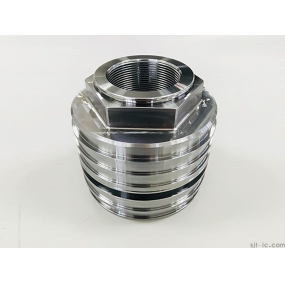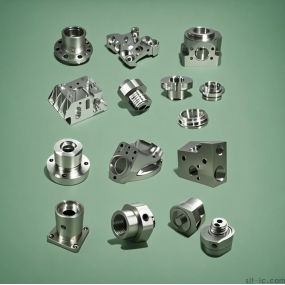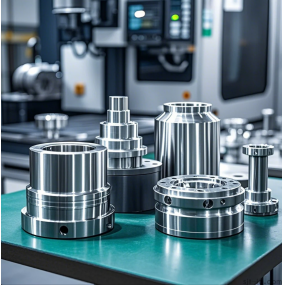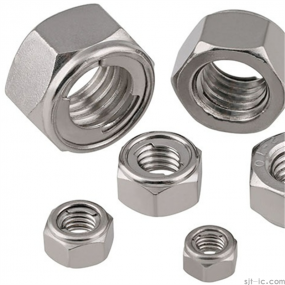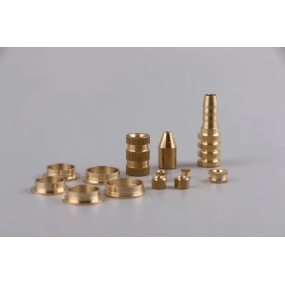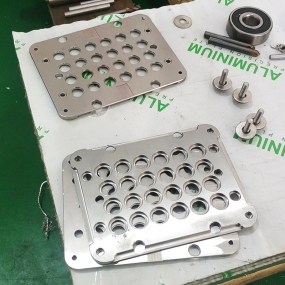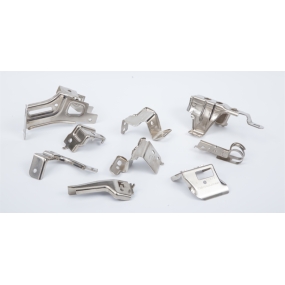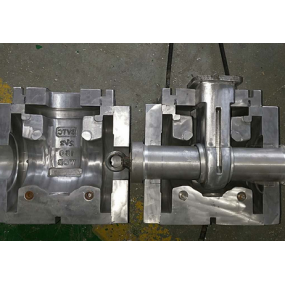Wear is caused by the action of mechanical force, causing the surface material of an object to gradually deform or detach. In tribology (the study of wear, friction, and lubrication), the types of wear that affect materials are typically described using four main wear mechanisms.
Adhesive wear: Wear caused by the adhesion and transfer of particles on the surface of one material to the surface of another material.
Abrasive wear: Wear caused by the sliding or pressing of hard particles or rough surfaces onto another surface.
Corrosion wear: The combined effect of wear and corrosion damages the surface of materials. Corrosion weakens the exposed surface, and then the corrosion products are worn away by mechanical forces, allowing corrosion to penetrate deeper.
Surface fatigue: Wear caused by cyclic loading, resulting in the formation of microcracks on the surface of materials. These microcracks cause the material to "peel off" the surface during wear.
Based on which of these wear mechanisms is in an active state, the wear rate experienced by a specific material may significantly increase or decrease depending on its unique material properties. The wear rate is also influenced by the magnitude of the applied wear force, exposure frequency, environmental temperature, and many other factors.
Since wear is a process in which materials gradually decompose over time, wear resistance describes the degree to which a product or material reduces wear. It is an important quality for extending the service life of parts and products.
Although many people believe that the hardness of a material is the key factor determining its wear resistance, it is also heavily influenced by several other complex factors. These may include the lubricity, surface roughness, and friction coefficient of the material, depending on the specific situation.
Even the type of wear that affects a material can affect its wear rate, as certain materials are more prone to certain types of wear. For example, materials like ordinary carbon steel are more susceptible to corrosion and wear than highly corrosion-resistant stainless steel.
The way a product is used can also affect its wear resistance. Many bearings require clean oil or other suitable lubricants to form a thin film between the bearing and other parts. If properly maintained, they can usually be used for a long time. But unless the bearings are made of "self-lubricating" materials, using them without proper lubricants can quickly cause equipment to get stuck and wear out the bearings.
Overall, understanding wear and tear resistance means understanding the complex relationships between numerous factors. But in simple terms, ensuring that your product has sufficient wear resistance to sustain its expected lifespan means considering wear and tear from the beginning of design.
Although high-performance and wear-resistant materials can increase the value of final applications, they often make machining more challenging. This means that extra care and attention are required during machining and processing to achieve the desired results without damaging the product.


 Spanish
Spanish Arabic
Arabic French
French Portuguese
Portuguese Belarusian
Belarusian Japanese
Japanese Russian
Russian Malay
Malay Icelandic
Icelandic Bulgarian
Bulgarian Azerbaijani
Azerbaijani Estonian
Estonian Irish
Irish Polish
Polish Persian
Persian Boolean
Boolean Danish
Danish German
German Filipino
Filipino Finnish
Finnish Korean
Korean Dutch
Dutch Galician
Galician Catalan
Catalan Czech
Czech Croatian
Croatian Latin
Latin Latvian
Latvian Romanian
Romanian Maltese
Maltese Macedonian
Macedonian Norwegian
Norwegian Swedish
Swedish Serbian
Serbian Slovak
Slovak Slovenian
Slovenian Swahili
Swahili Thai
Thai Turkish
Turkish Welsh
Welsh Urdu
Urdu Ukrainian
Ukrainian Greek
Greek Hungarian
Hungarian Italian
Italian Yiddish
Yiddish Indonesian
Indonesian Vietnamese
Vietnamese Haitian Creole
Haitian Creole Spanish Basque
Spanish Basque

